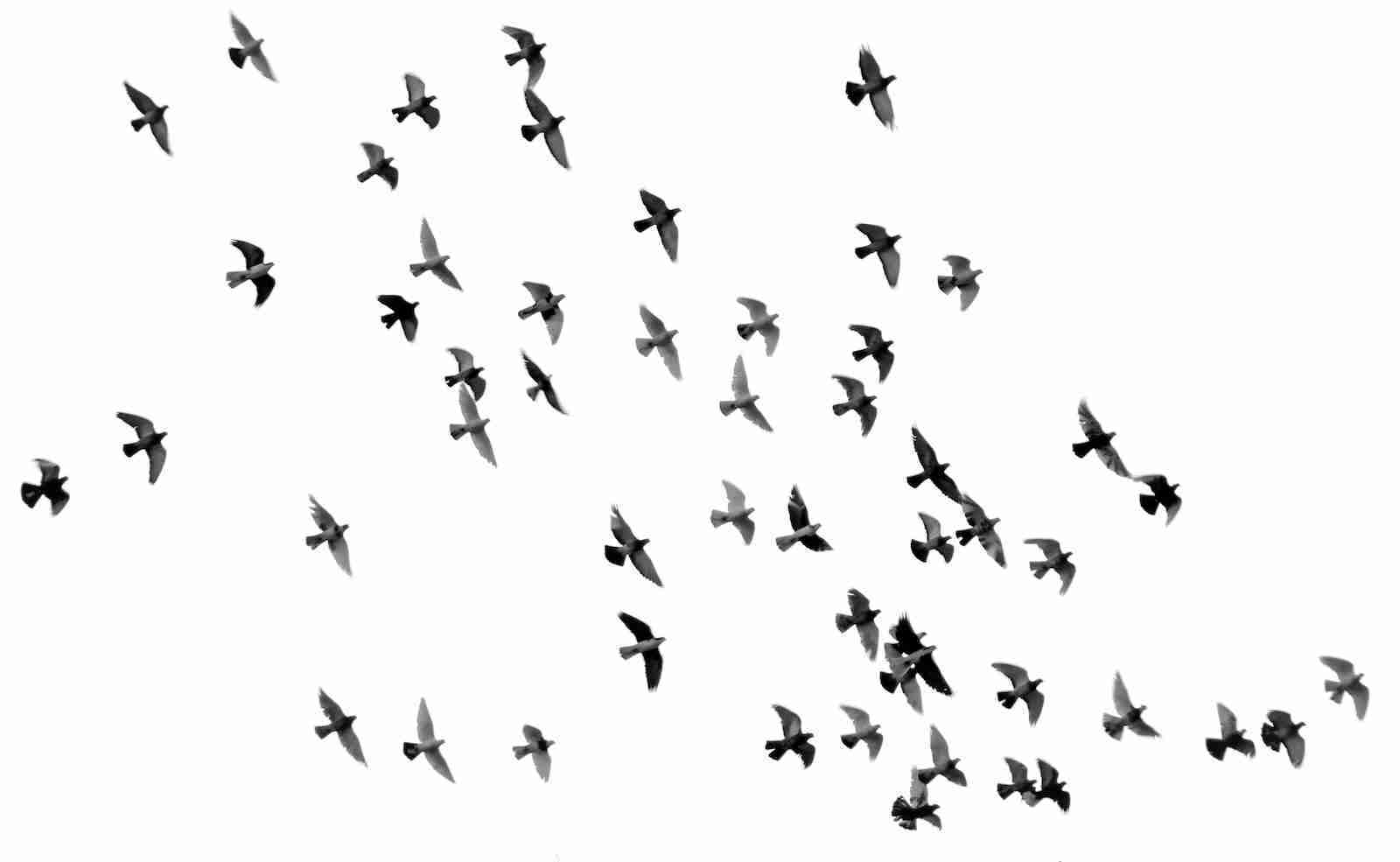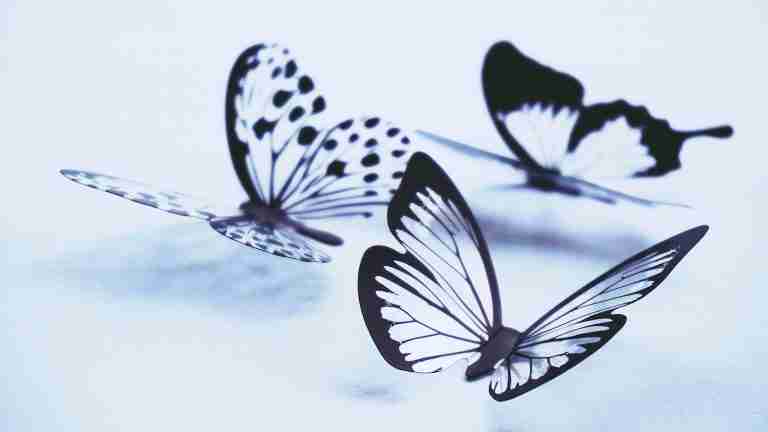26 Fun Facts About Birds | Flight with Feathered Marvels
1. Birds originated from a category of dinosaurs known as Theropods.
Birds, the creatures we see flying in the sky and perched on trees, have ancient roots that trace back to a group of dinosaurs called Theropods.
These are the same lineage that gave us the famous T. rex. Imagine that every time you see a sparrow or a pigeon, you’re getting a glimpse of what the prehistoric world was like.
2. The ostrich has the largest eyes of any land bird, each one bigger than its brain.
Imagine a bird with eyes so large that each one surpasses the size of its own brain. That’s the ostrich for you.
With the biggest eyes among land birds, these enormous peepers help the ostrich spot predators from a distance in the vast African plains. It’s an incredible adaptation for survival.
3. Hummingbirds are the only birds that can fly backward.
Hummingbirds are truly remarkable. Unlike other birds, they possess the unique ability to fly backward.
This agility is crucial for them, especially when they are hovering around flowers, extracting nectar. It’s as if nature designed the perfect helicopter long before humans even thought of it.
4. Penguins have an extra eyelid to help them see underwater.
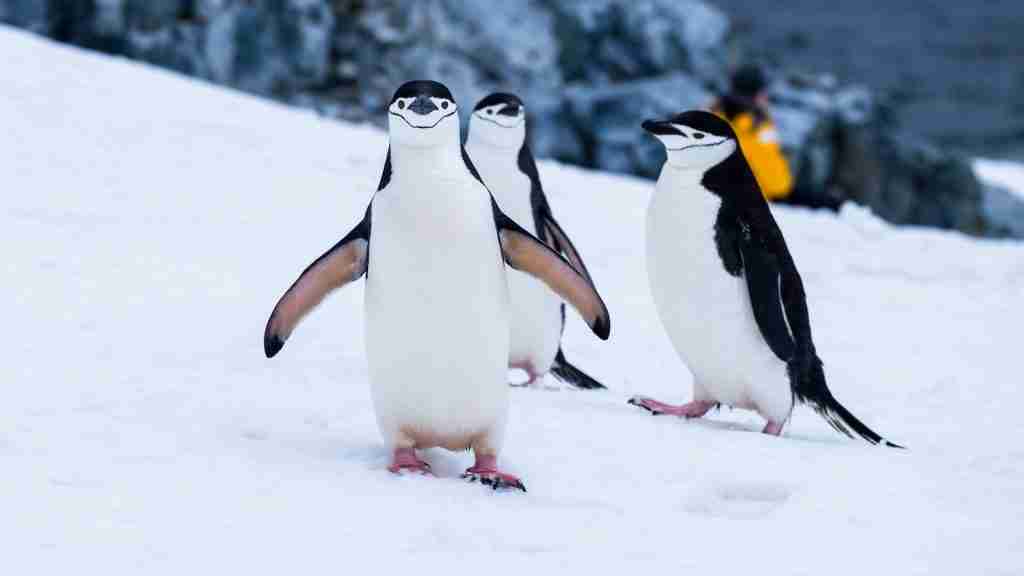
Penguins, the charming birds of the icy world, come equipped with an astonishing feature of an additional eyelid. This isn’t just for show it acts like a built-in pair of goggles.
When they dive deep into the ocean’s depths, this special eyelid helps them see clearly, ensuring they spot their prey and navigate effectively.
5. Birds have hollow bones, which help them stay lightweight for flight.
Birds have a clever anatomical advantage that aids them in flight with hollow bones. This unique structure ensures they remain lightweight, making it easier to soar through the skies.
It’s like having a built-in weight-saving system, ensuring they can glide and flap effortlessly above us.
6. Birds don’t have teeth. They use a gizzard to grind their food.
Ever wonder how birds manage their meals without teeth? Enter the gizzard. This specialized muscular stomach is nature’s answer to the absence of teeth in birds.
When birds eat, the gizzard grinds down the food with the help of small rocks and grit that birds swallow. It’s an ingenious solution, turning stones into nature’s food processor.
7. Birds can see more colors than humans due to an additional type of color receptor.
Birds have a vibrant view of the world, literally. Their eyes contain an extra type of color receptor compared to ours, allowing them to perceive a wider spectrum of colors.
Humans typically see colors through three types of color receptors, which allow us to perceive a combination of red, blue, and green. Birds, on the other hand, have an edge. With an additional color receptor, they can detect ultraviolet (UV) light, opening up a spectrum of colors invisible to us.
8. A bird’s heart beats up to 400 times per minute while resting.
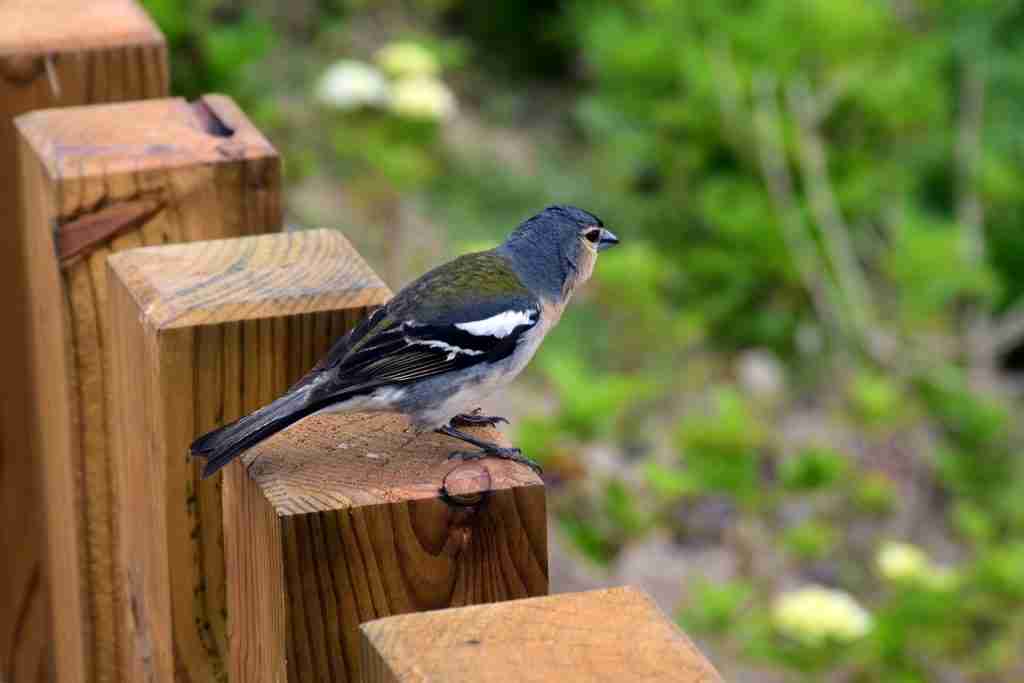
The bird’s heart is a testament to endurance and efficiency. Even at rest, a bird’s heart thunders away at an astonishing 400 beats per minute.
And when they take to the skies? That rate can skyrocket to an astounding 10,000 beats per minute. Imagine the sheer power and energy packed into such a tiny frame.
9. Some birds migrate thousands of miles without ever taking a break.
Imagine setting off on a journey and not stopping till you’ve covered thousands of miles. Sound tiring? Well, some birds, like the remarkable Arctic tern, do just that.
They fly these vast distances without a single break. Their stamina is awe-inspiring, showcasing nature’s marvels in the tiniest of creatures.
10. Most birds have monocular vision, meaning each eye is used independently.
Think about watching two different movies simultaneously, one with each eye. Most birds have monocular vision, which works like that.
One eye might spot a worm, while the other is looking for cats or hawks. It’s an incredible way of seeing the world, ensuring they’re always one step ahead.
11. Many birds can recognize themselves in a mirror, a sign of high cognitive abilities.
Ever tried making faces in a mirror? Some birds can do that too. In fact, when they spot their reflection, they realize it’s them staring back.
This isn’t just a cute trick it shows they have a sharp mind. It’s a clear hint that there’s more going on in those little bird brains than we might think.
12. The number of feathers a bird has varies greatly but can range from 1,000 to 25,000.
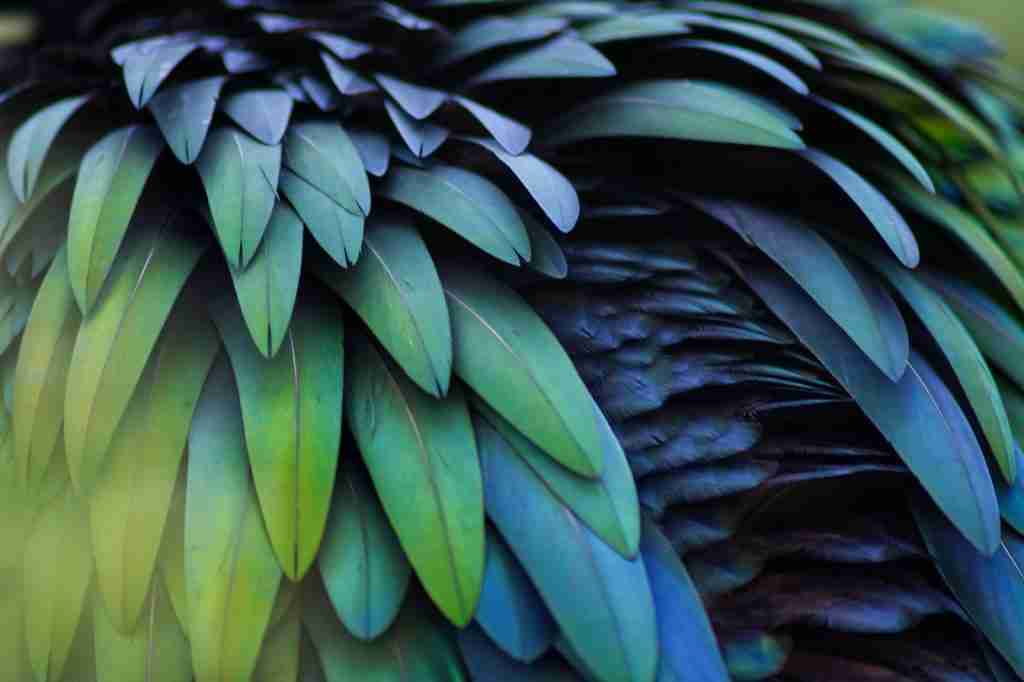
Feathers aren’t just for show they’re a bird’s armor, blanket, and sometimes even an umbrella. And guess what? Birds can have anywhere from a modest 1,000 to a whopping 25,000 of them.
That’s like having a wardrobe ranging from a few essential outfits to a grand fashion collection.
13. Birds can regenerate damaged hearing cells.
Ever Lost your hearing from blaring music? Well, birds have a nifty trick up their sleeve.
If their hearing cells get damaged, they can regrow them. It’s like getting a second chance for their ears, ensuring they never miss a beat (or tweet) in nature’s symphony.
14. Some birds use the Earth’s magnetic field as a navigational tool.
Imagine having an in-built GPS without any tech. Some birds have just that.
They tap into the Earth’s magnetic field to navigate their way around, whether it’s a short trip to the next tree or a long journey across continents. Talk about having a natural sense of direction.
15. Birds have a unique respiratory system.
Birds breathe in a way that’s different from us. Their special respiratory system lets them pull in fresh air every time they breathe, both in and out.
This efficient system helps them stay active and ready for any aerial challenge.
16. Birds replace their feathers once or more each year.
Birds don’t wear their feathers out, they renew them. Every year, they undergo a process where they shed old feathers and grow new ones.
It’s nature’s way of ensuring they always have the best gear, be it for flight, warmth, or display.
17. Some birds can fly as high as the altitude of Mount Everest.
The sky isn’t the limit for some birds. They soar to altitudes that would leave us breathless. Take the bar-headed goose, for instance.
It can fly at heights comparable to Mount Everest, navigating the thin air easily and gracefully.
18. Many birds use anting, where they let ants crawl on them. It’s believed this helps rid them of parasites.
Birds have their own spa treatment, and it’s called anting. By allowing ants to wander over their bodies, birds benefit from the insects’ secretions, which can act as a natural insecticide, helping them stay free from annoying parasites.
It’s nature’s way of keeping them fresh and itch-free.
19. The wandering albatross can sleep while it flies.
The wandering albatross has a skill many of us might envy; it can catch some Zs on the go.
While cruising over vast oceans, this bird can take mini naps, ensuring it remains refreshed during its long flights.
20. Birds don’t have a bladder to store urine. They excrete it with feces.

Birds have a unique way of staying light for their airborne lives. Unlike us, they don’t have a bladder to store urine. Instead, they combine it with their feces and expel it together.
It’s an efficient system that helps them remain agile in the sky.
21. Birds don’t sweat. They regulate their temperature in other ways.
Ever seen a bird sweat? Nope, because they don’t. Instead, they use different methods, like panting or adjusting their blood flow, to keep cool and manage their body temperature.
This adaptation ensures they’re comfortable in various climates.
22. Many birds have UV markings on their feathers, invisible to humans but visible to other birds.
Birds have a secret language written in UV markings on their feathers. While these designs remain hidden from human eyes, they’re like neon signs to other birds.
These markings can help attract mates or identify each other, adding another layer to their colorful world.
23. All birds lay eggs, but not all birds incubate them with their bodies.
Birds have diverse parenting styles. While they all lay eggs, not every bird will sit on them for warmth.
Some, like the emperor penguin, use their feet, while others might rely on the sun or even geothermal heat. It’s all about finding the best way to welcome their chicks into the world.
24. Bird migration paths are often passed down through generations.
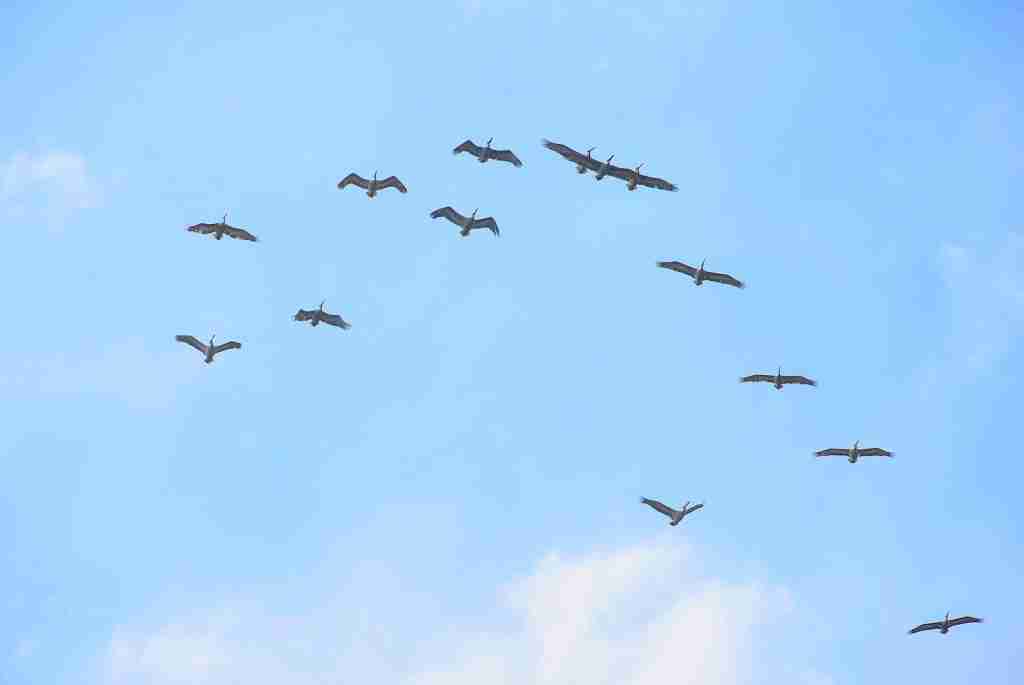
Birds have ancestral maps in their minds. The routes they take during migration aren’t just random; they’re often paths that have been passed down over generations.
It’s like following an age-old family tradition, flying the same sky highways as their grandparents did.
25. Birds are the only animals that have feathers.
Feathers are unique to birds. While various animals might have scales, fur, or skin, only birds sport this lightweight, multi-functional covering.
It’s their signature feature, helping them fly, stay warm, or even put on spectacular displays.
26. Many birds use dust baths to keep their feathers clean.
Birds have a special way of cleaning up, and it doesn’t always involve water. Many prefer rolling around in the dust.
This dust bath method helps them remove dirt and parasites from their feathers, ensuring they stay neat and tidy. Think of it as their version of dry shampoo.
FAQs
Yes, birds are warm-blooded creatures, known as endotherms. This means they maintain a constant body temperature independent of the external environment. Being warm-blooded allows birds to remain active across a range of conditions. It’s a crucial adaptation for flight, migration, and diverse habitats.
Birds have diverse diets based on their species and habitat. Many birds, like robins, eat insects and worms. Some, such as hummingbirds, primarily feed on nectar. Birds of prey, like eagles and hawks, consume small animals. Meanwhile, species like ducks and geese often eat aquatic plants and small aquatic creatures. A bird’s diet is adapted to its environment and physical characteristics.
Birds generally sleep at night, similar to humans. However, the exact timing can vary based on the species and environment. Some birds, like owls, are nocturnal and sleep during the day. Migratory birds can take short naps in flight. Factors like safety, weather, and breeding can influence a bird’s sleep schedule.
Parrots are the most famous talking birds, with species like the African Grey and the Amazon parrot being particularly skilled mimics. Cockatoos, macaws, and budgerigars (budgies) can also mimic human speech. It’s important to note that while these birds can imitate sounds, including words, they don’t understand language like humans do.
Birds breed through a process called oviparity, where they lay eggs. Mating rituals vary by species. After mating, females lay eggs, usually in nests built by one or both parents. Eggs need incubation, which is often done by parents using body heat. Once hatched, chicks may be altricial (dependent on parents) or precocial (more independent). Parental involvement in chick-rearing varies widely among species.

